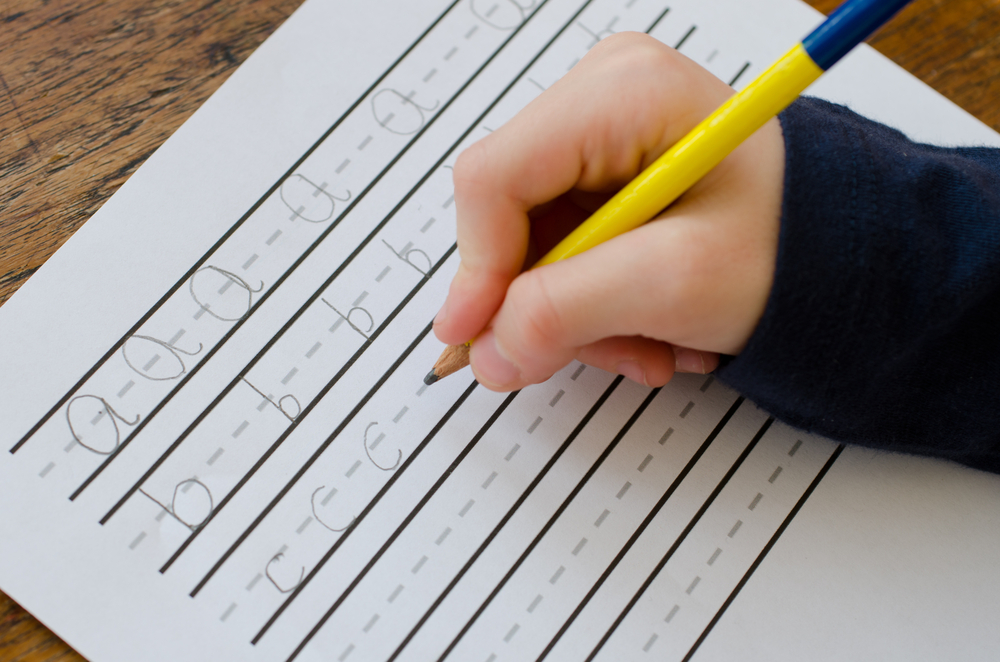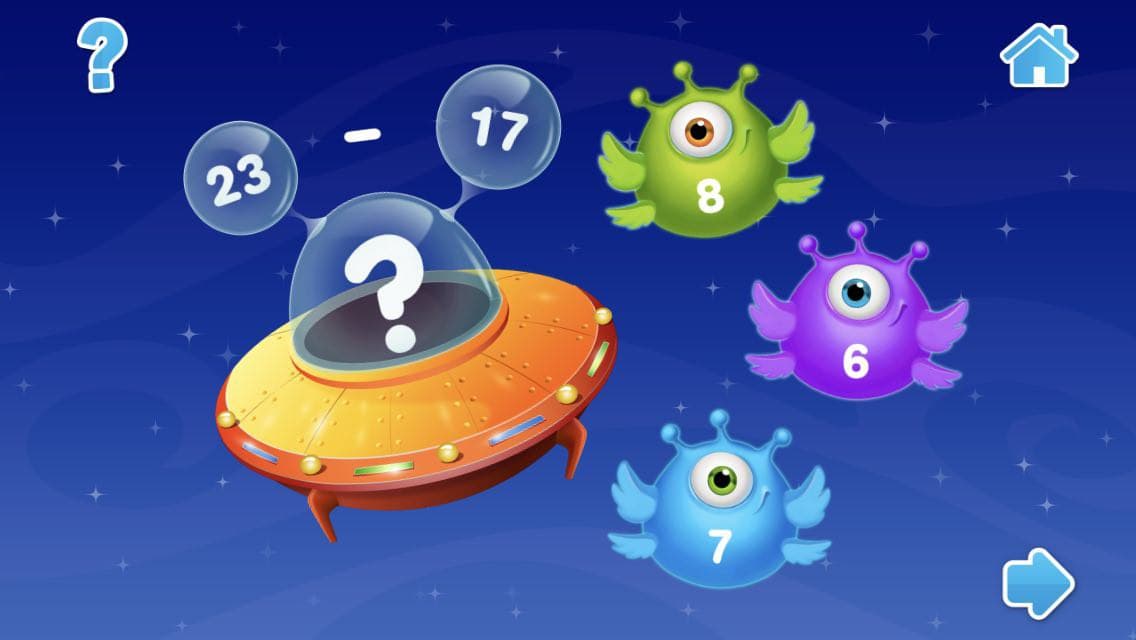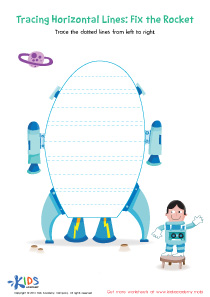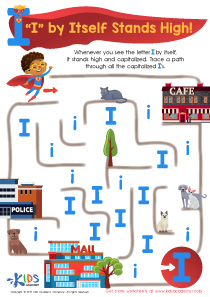Normal Tracing Letters Worksheets for 4-Year-Olds - Page 2
31 filtered results
-
From - To
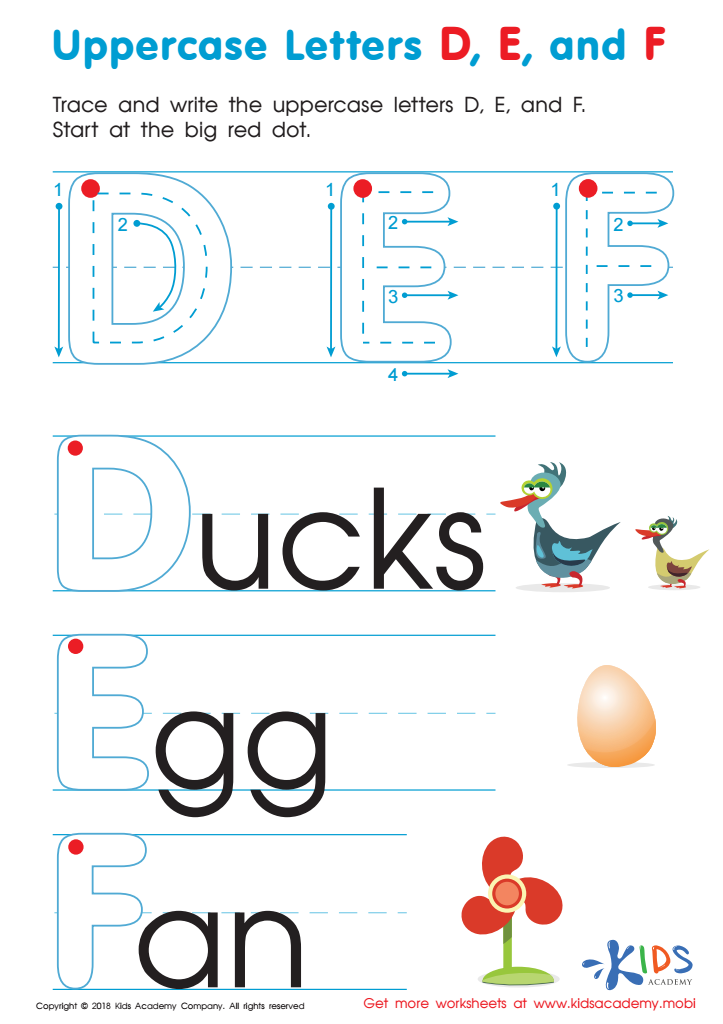

Uppercase Letters D, E, and F Worksheet
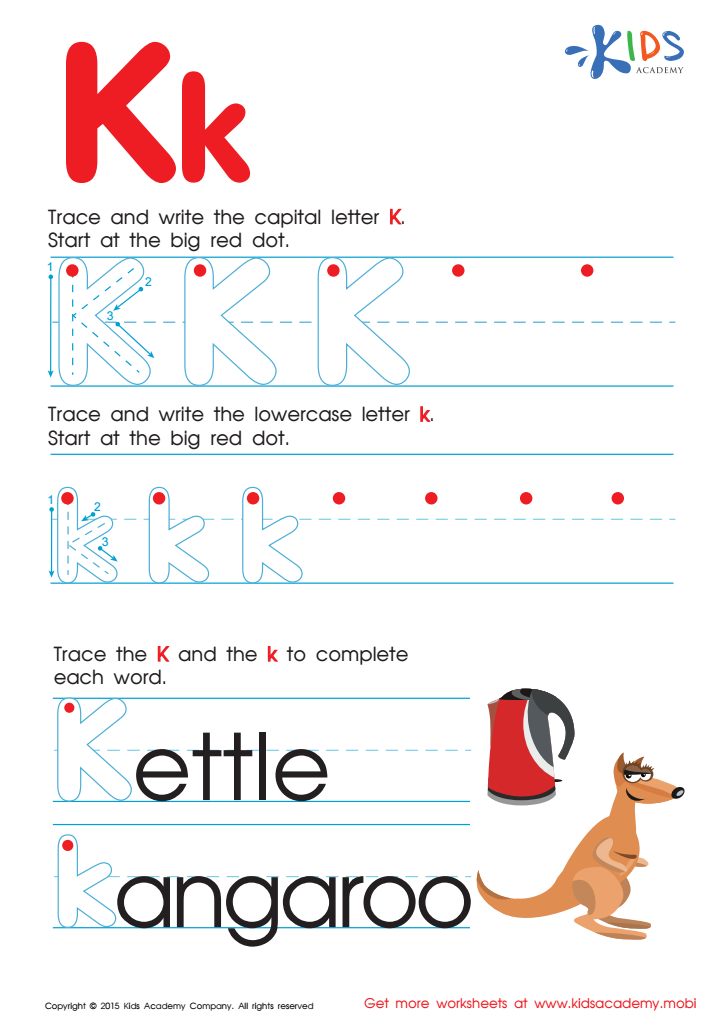

Letter K Tracing Page


Letter F Tracing Page
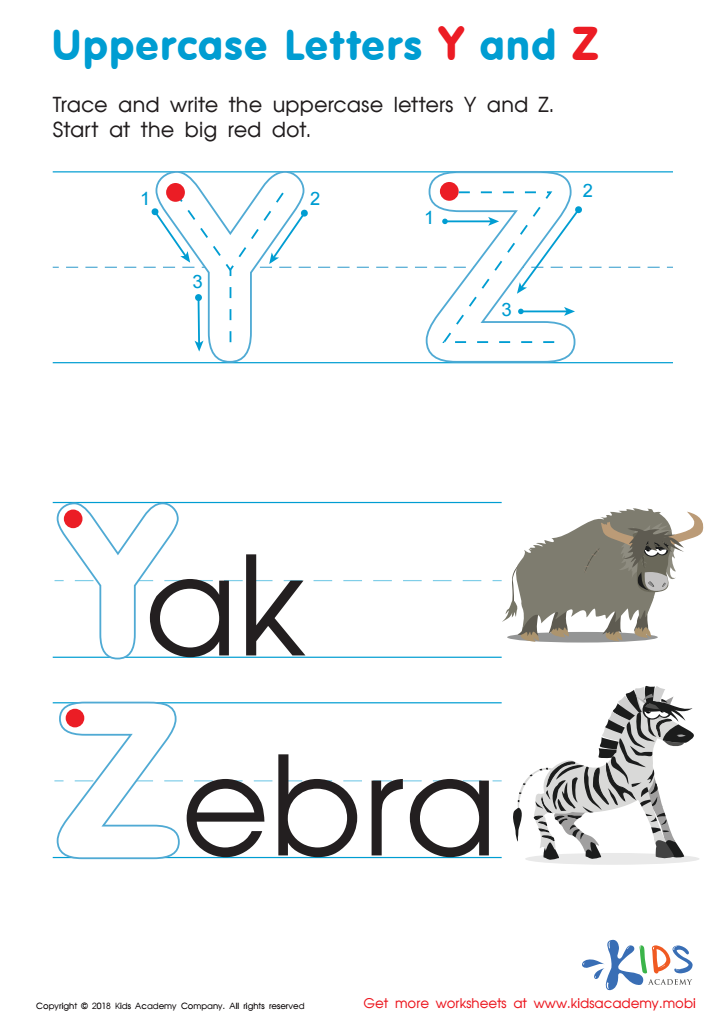

Uppercase Letters Y Z Worksheet
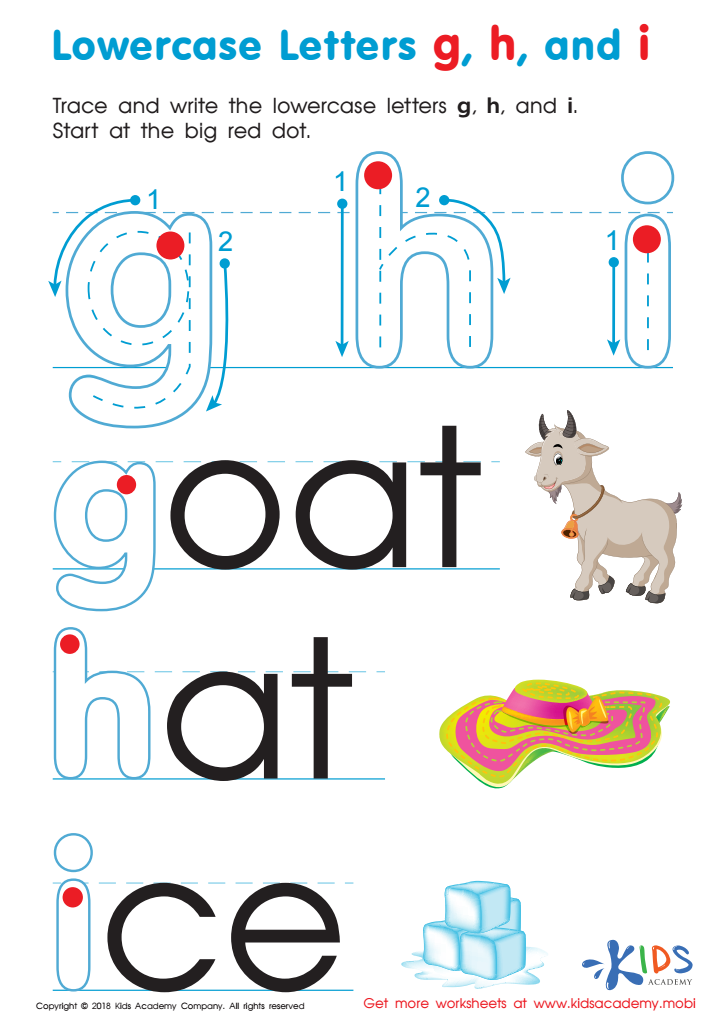

Lowercase Letters g h i Worksheet
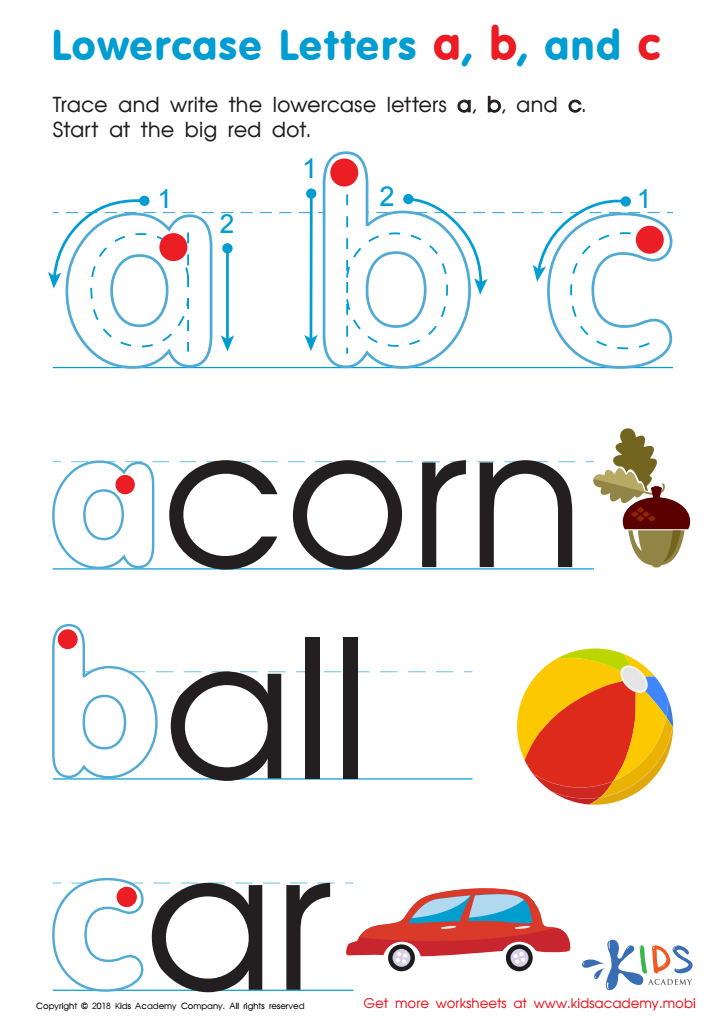

Lowercase Letters a b c Worksheet
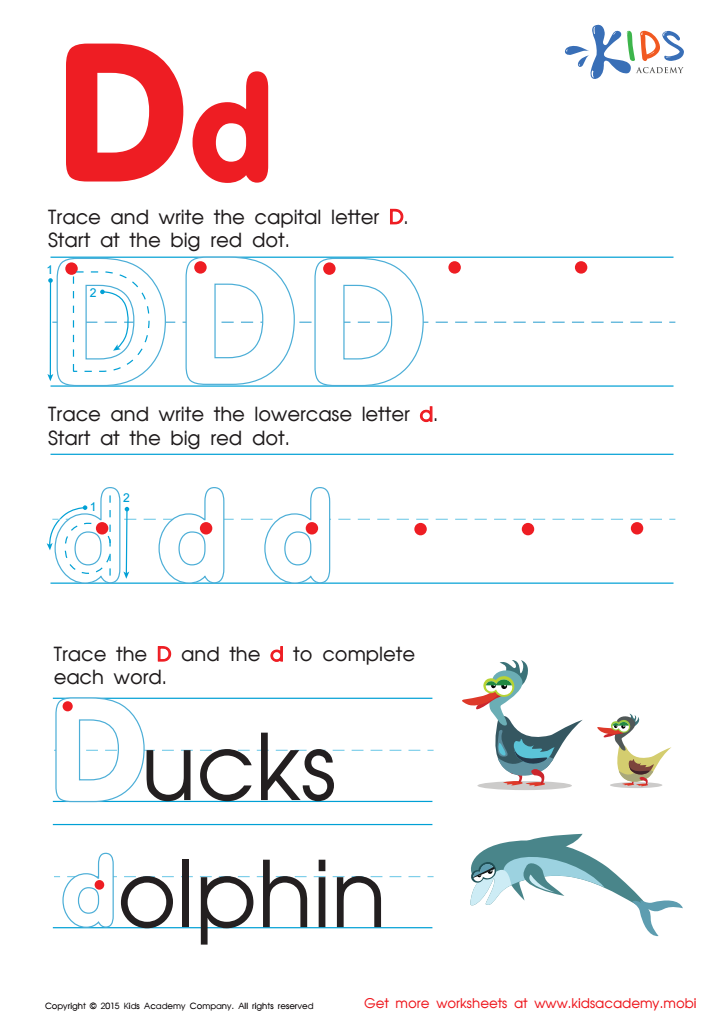

Letter D Tracing Page
Normal tracing letters for 4-year-olds are a fundamental tool in early childhood education, providing a multitude of benefits that are crucial for young learners. These worksheets are expertly designed to cater to the developmental needs of 4-year-olds, making the process of learning to write both engaging and effective.
Firstly, normal tracing letters for 4-year-olds help in developing fine motor skills. The act of tracing encourages control and precision, which are essential for handwriting. As children trace the letters, they learn the correct strokes and patterns, building a strong foundation for writing fluency.
Moreover, these worksheets are instrumental in enhancing letter recognition. By repeatedly tracing letters, children become familiar with their shapes and sounds, which is a key step in learning to read. This repetition solidifies their understanding and helps in quicker recall.
Normal tracing letters for 4-year-olds also boost confidence. Successfully tracing letters and seeing their progress gives children a sense of accomplishment. This positive reinforcement encourages them to practice more, thereby improving their skills further.
In conclusion, normal tracing letters for 4-year-olds are not just about learning to write. They offer a comprehensive approach to early learning, addressing motor skills, letter recognition, and confidence, which are all essential for a child’s academic journey.

 Assign to My Students
Assign to My Students



